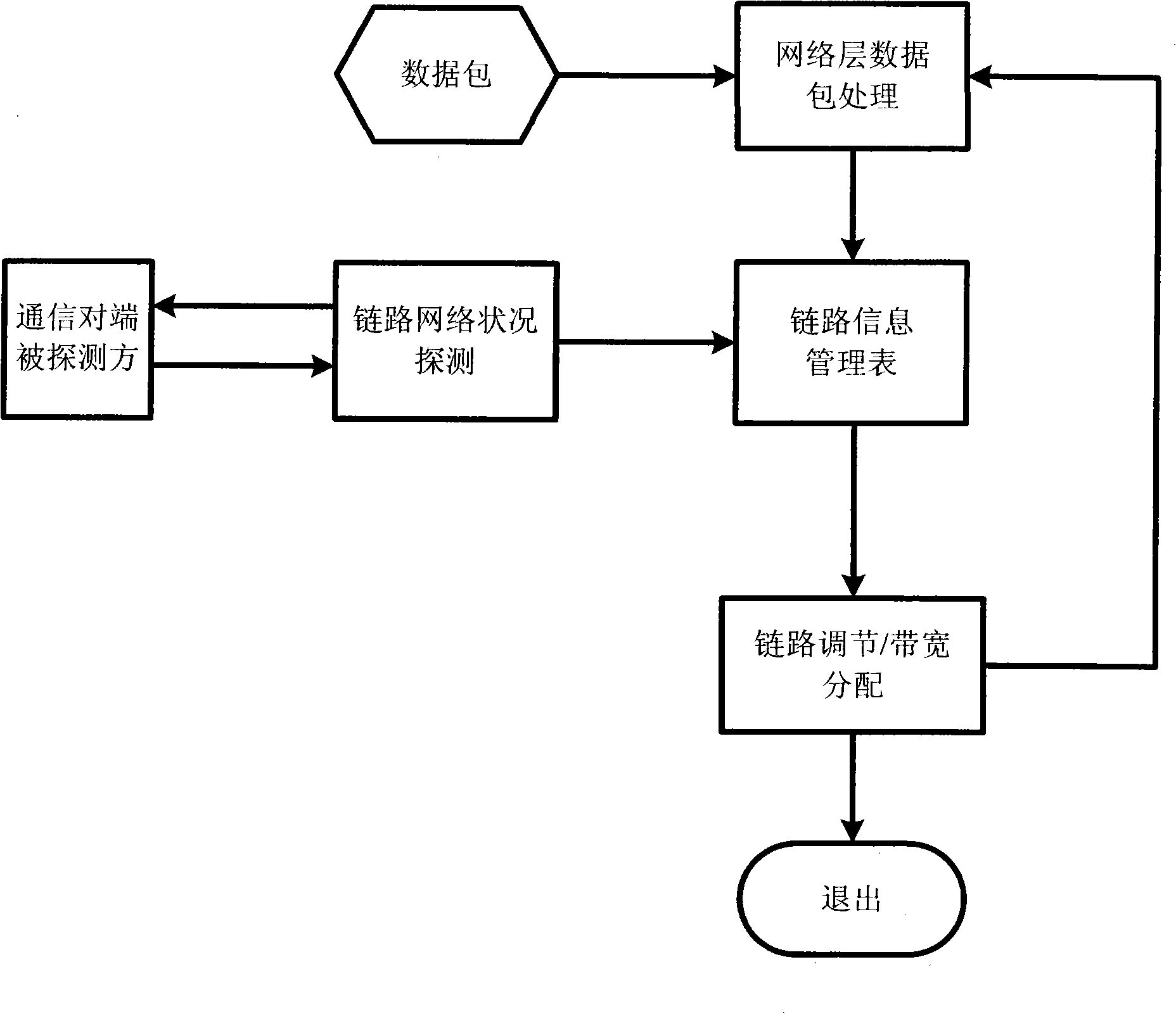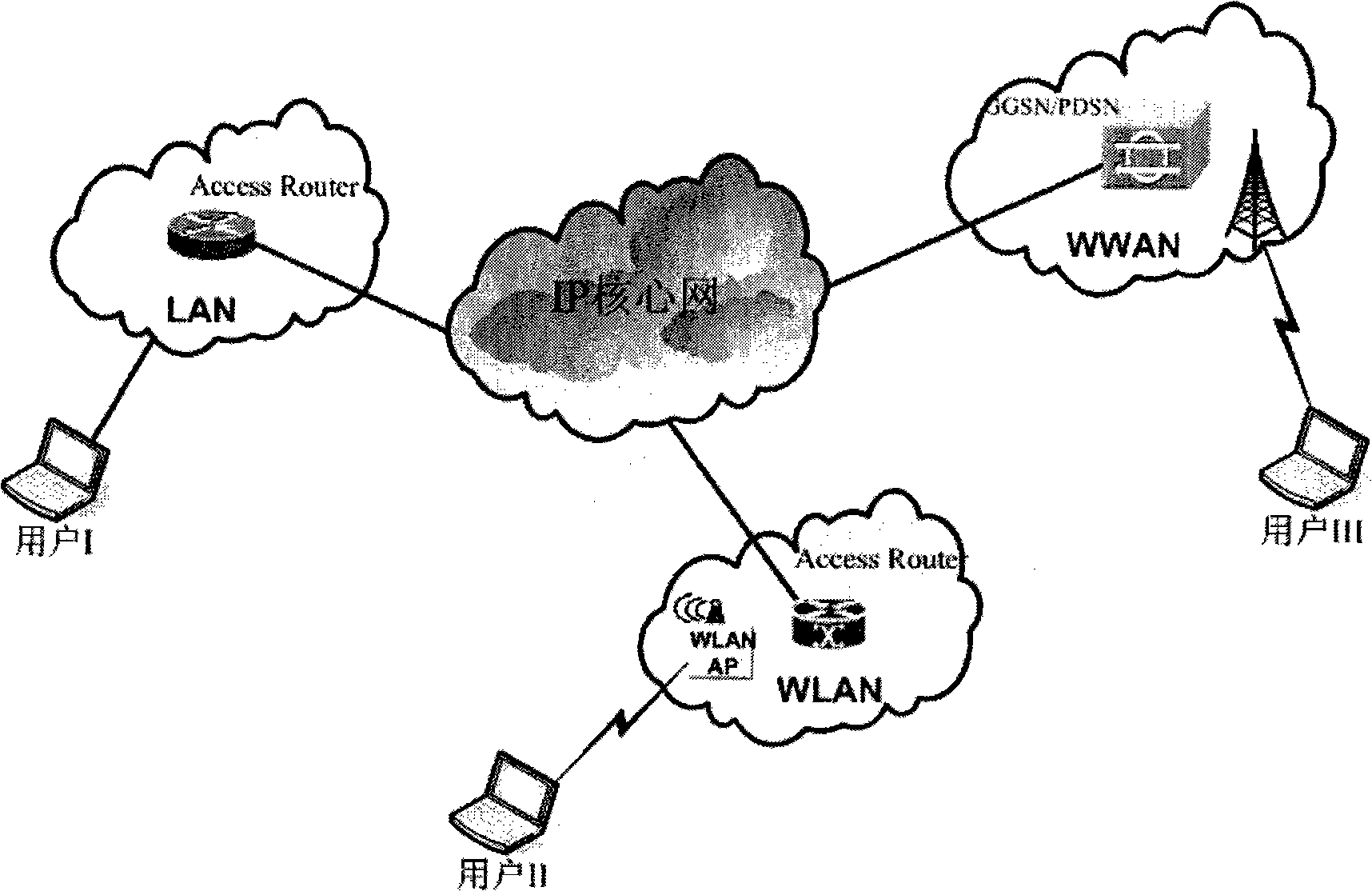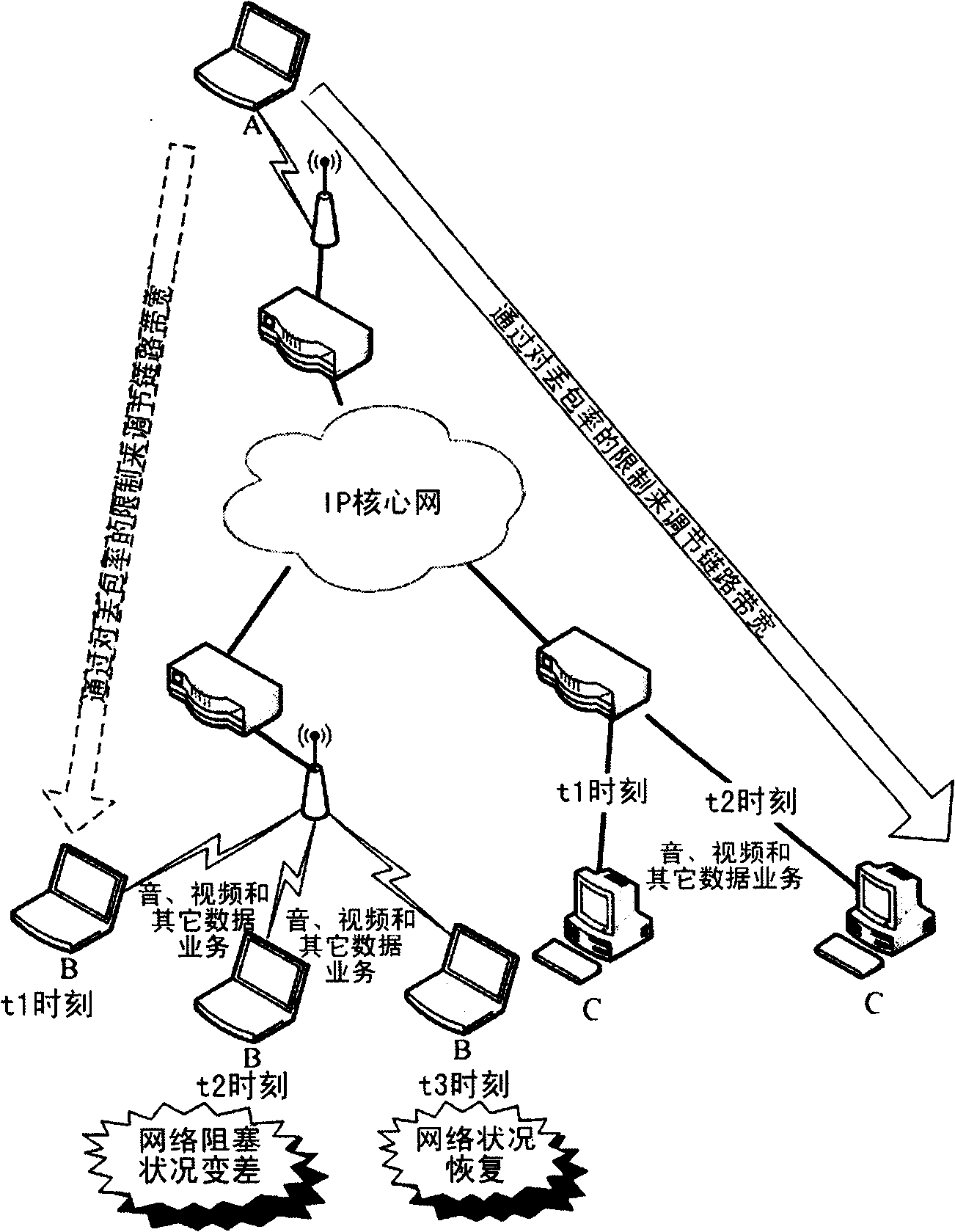Link packet drop rate control method and system based on terminal
A packet loss rate and link technology, applied in transmission systems, digital transmission systems, electrical components, etc., can solve problems such as lack of good support and reduced program work efficiency, to avoid waste and improve work efficiency. Effect
- Summary
- Abstract
- Description
- Claims
- Application Information
AI Technical Summary
Problems solved by technology
Method used
Image
Examples
Embodiment Construction
[0041] The overall process of the present invention is as figure 1 As shown, the data packet is firstly intercepted, and then the relevant information is extracted to establish the link information management table; at the same time, the network status is continuously detected on the communication link, and the packet loss rate of the link is adjusted according to the detection result, and Update the link information management table in time.
[0042] When the local communication host and the remote communication host perform multimedia communication, perform the following steps:
[0043] a. Intercept the data packet sent from the local host to the remote host at the network layer, and establish a link information management table to manage the data packet.
[0044] b. Real-time network link status detection is performed during the above communication process, and the detection result is returned.
[0045] c. According to the detection results provided in b, data packets are...
PUM
 Login to View More
Login to View More Abstract
Description
Claims
Application Information
 Login to View More
Login to View More - R&D
- Intellectual Property
- Life Sciences
- Materials
- Tech Scout
- Unparalleled Data Quality
- Higher Quality Content
- 60% Fewer Hallucinations
Browse by: Latest US Patents, China's latest patents, Technical Efficacy Thesaurus, Application Domain, Technology Topic, Popular Technical Reports.
© 2025 PatSnap. All rights reserved.Legal|Privacy policy|Modern Slavery Act Transparency Statement|Sitemap|About US| Contact US: help@patsnap.com



